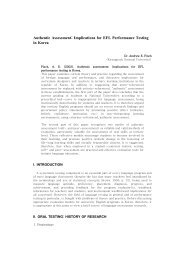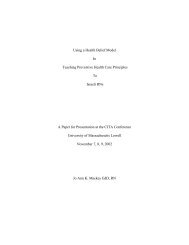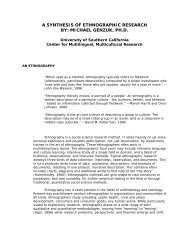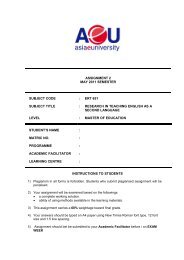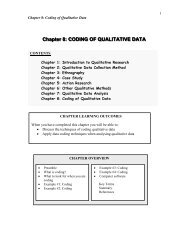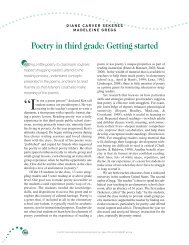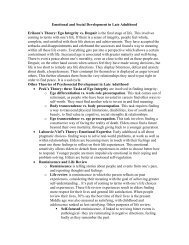Learning Theories - Cognitive Learning Theories CHAPTER
Learning Theories - Cognitive Learning Theories CHAPTER
Learning Theories - Cognitive Learning Theories CHAPTER
Create successful ePaper yourself
Turn your PDF publications into a flip-book with our unique Google optimized e-Paper software.
<strong>CHAPTER</strong> 5• LEARNING THEORIES - COGNITIVE LEARNING THEORIESiv) The Law of ClosureFigure 5.9: Words and shapePerceptually, we have the tendency to fill inthe gaps. In other words, we can still readWASHO, see the square and read ‘perception’despite the missing information. You probablyknow that redundancy can be deliberatelyadded into messages to increase the likelyfidelity of reception, but the Gestalt psychologists’law of closure suggests that it certainlyis not always necessary.vi) The Law of ContinuityWhen you see figure 5.10(1), you are much more likely to see it as consisting of two lineslike 5.10(1a), rather than of the two shapes 5.10(1b).This is the Gestalt principle ofcontinuity which saw a single unbroken line is likely to be seen as an entity.i.111Figure 5.10: Lines and figuresWhen you see figure 5.11(2), you are much more likely to see it as consisting of two lineslike 5.11(2a and 2b), rather than as the series of shapes 5.11(2c).111



